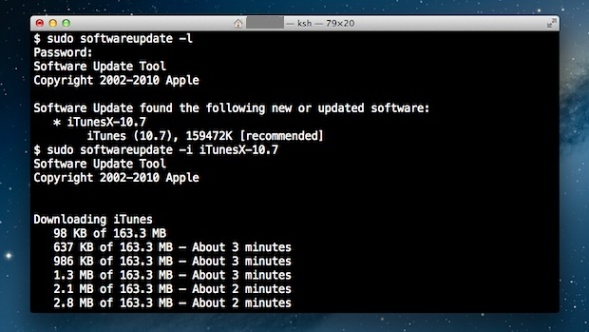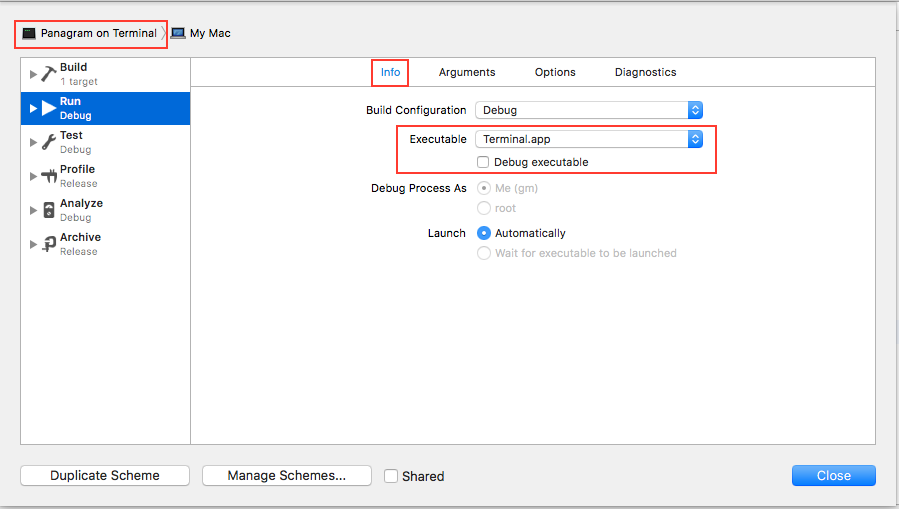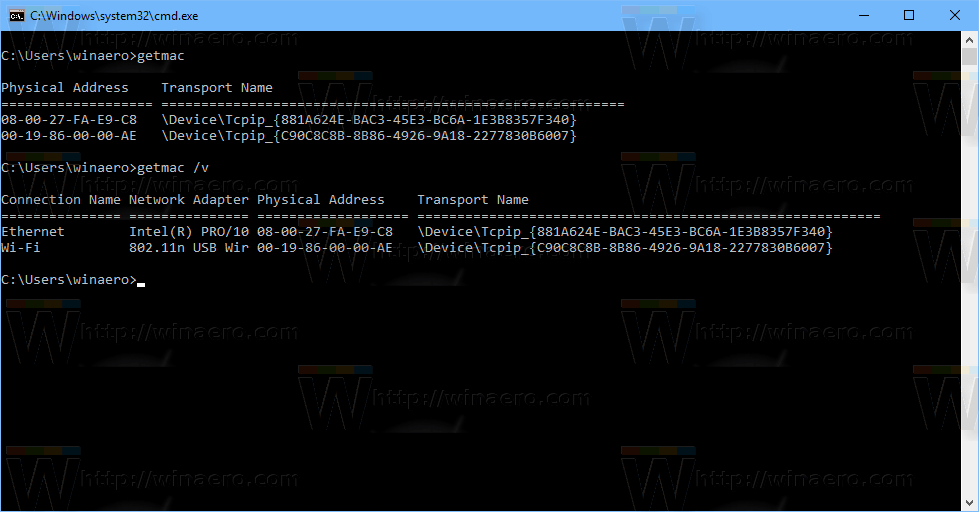

usually used to search for files with the same extension name. clear: clears the space of your Terminal.: refers to the Parent Directory of the directory you are currently in. : denotes the directory you are currently in. history c: deletes the command history of the Terminal.history: Displays all the commands you have executed.you will be required to enter your administrator password before executing the command. sudo: the so-called “god” command, used to give the following command administrator rights.Other basic Mac Terminal Commands are listed below. This will bring up everything you need to know about a particular command. To help you understand what a particular Terminal command does before executing it, it would be best to bring up its manual. But if your goal is to maximize these Mac Terminal Commands to expand your horizon when it comes to using your Mac, you should start by learning the Mac Terminal Commands listed below.

With tons of Mac Terminal Commands that you can use, it would take a long time for you to master them all. These are the command itself, the argument that tells the command what or where it should operate, and a modifier option that affects the command’s output. The general syntax for every command comprises three elements. To do that simply type the command, and press Return. Once you’re settled with the appearance, you can start running a command. Navigate to the Profiles tab and from there you can customize the appearance of the Terminal app. To do this, simply click Terminal on the menu bar while the Terminal app is open, then select Preferences. However, you can change this appearance to suit your preferences, and yes to make the app more vibrant.

If you have used it before, you should know that upon launching the Terminal app, a boring and intimidating black box greets you. To bring it out press Command + Spacebar and type Terminal. Alternatively, you can use the Spotlight Search. You can open the Finder app and launch the app by navigating to Applications > Utilities > Terminal. Launching the Terminal App and How to Change Its AppearanceĪs a review, you can launch the Terminal app on your Mac in two ways. Read along to find out what these commonly used Mac Terminal Commands are, their uses, and how to execute them. Learning the basics will expand your perspective on the macOS environment. If that primer got you excited and wanting to learn more about the powerful tool, you should begin by knowing the most common Terminal Commands. In a previous article, we gave you a primer on Terminal on macOS including how to access the command line.


 0 kommentar(er)
0 kommentar(er)
